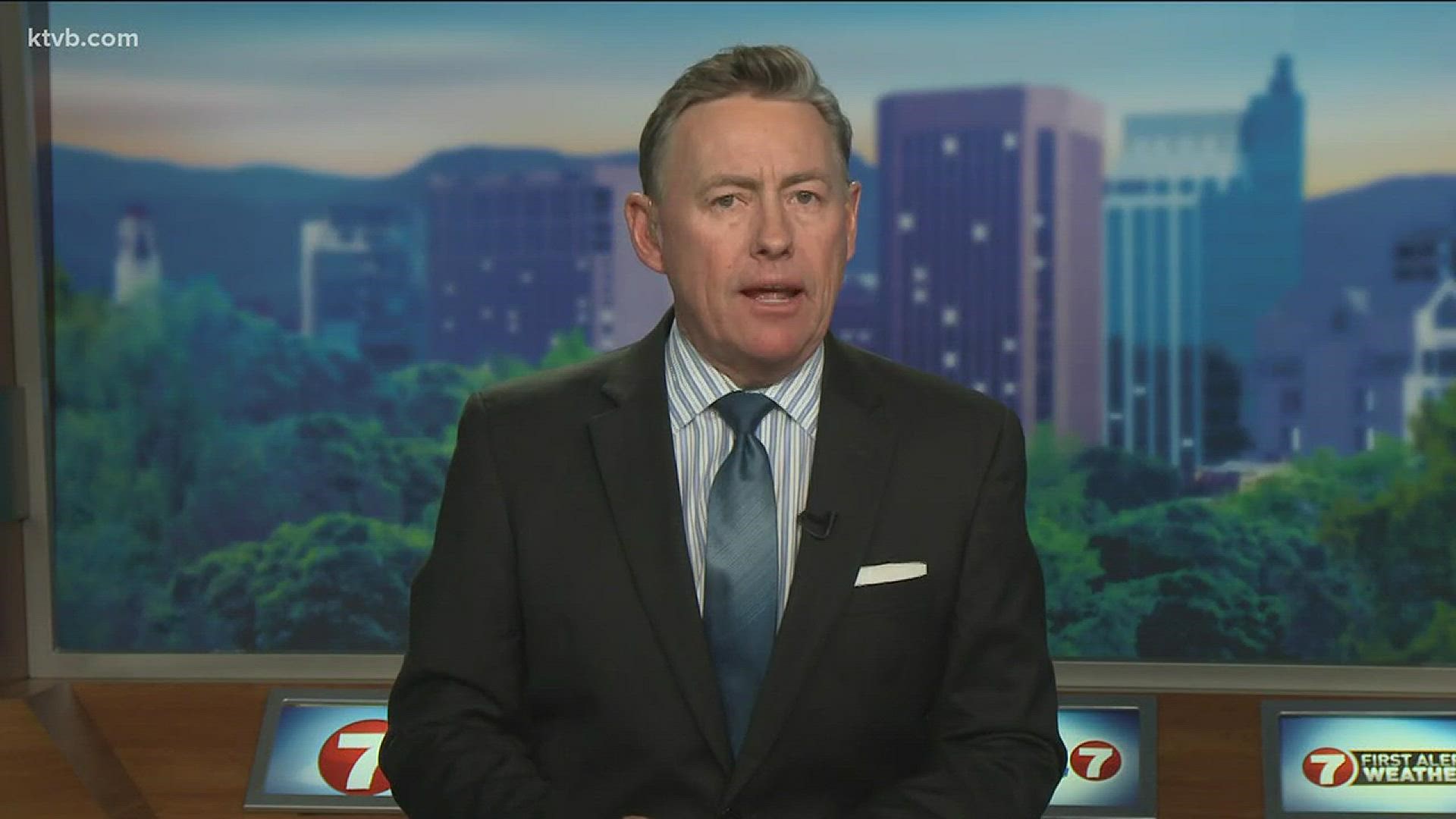BOISE - Two people died in the last two weeks after being trapped in avalanches in the Island Park area in eastern Idaho.
The latest was a Montana man who was killed Saturday riding a motorized snow bike.
A Boise man was snowmobiling with friends in the same area, on the same day. Two of the people in his group got trapped in an avalanche, too, but they survived.
What's dubbed a "December drought" layer right now, plus a weak icy layer that snow doesn't bond to, a slope, and a trigger all lead to trouble in avalanche terrain. Experts say there's concern around the region with weak layers now buried under fresh snow, combined with gusty winds creating wind slabs.
"Avalanches can trigger naturally but what we're concerned about is when humans trigger them; so skiers, snowboarders, snowshoers. What's really scary is avalanches can be remotely triggered. So you can trigger them from a flat slope and the slope above you can come down upon you when you thought you were safe but you really weren't," Avalanche educator and Idaho Mountain Search & Rescue member Mark Acker said.
On Saturday, conditions were dangerous and natural, and human-triggered avalanches were likely.
"I was about 200 yards away when I heard it come over the radio that there was an avalanche and at that point in time it seems like every second is a minute and every minute is an hour," Mark Burchtorf told KTVB. "When I heard that I just flash-backed to [avalanche] training when they tell you just to stay calm and collected and make sure you have all the facts and start from where you need to start and not waste any time at that point."
Burchtorf was with a group of about 20 guys snowmobiling in Island Park in Eastern Idaho on Saturday. Like they always do, they checked the conditions before; the danger was pretty high.
"We were at the bottom of the slope and kind of staying in the bottom in the trees and an avalanche broke off at the top of the mountain," Burchtorf said. "We all went from having an awesome day, you know, blue bird and lots of fresh snow to it's all serious and we got to save our friends."
Two of the guys in the back of the group got trapped under the weight of the snow, he said. Fortunately, they weren't fully buried. And fortunately, everyone there had the gear and knowledge necessary to find their friends, dig them out and save them.
"We take every precaution that we can because we want to do it, we want to have fun. But if something does happen, when worse comes to worse we're ready," Burchtorf added.
Ready with essential equipment like a transceiver, shovel, and probe. Acker says you should also have a tool to measure slope angles, a first aid kit, extra clothes, food and stove, an air bag pack and a radio for communication.
"First we locate the victim with the transceiver. Once they're pinpointed then you can probe the victim to locate their exact spot," Acker said.
Burchtorf says while they were looking for everyone in the group, their cell phones - even without service - were interfering with the search signal of their transceivers.
"Not knowing if there was other people on the mountain that were buried as well that were a part of our group or not. It wasn't until everyone's cell phones shut off that we could confirm there was nobody else buried," Burchtorf told KTVB.
He advises turning your phones off when you're out in that kind of terrain.
Aside from the gear, you need to have skills.
"First they need to read and understand their local avalanche report. Then once they do get to the backcountry they need to be able to identify and know how to travel in avalanche terrain. When they are in avalanche terrain they need to only expose one person at a time to a potential avalanche slope," Acker said. "It's all about understanding the risk for the day, the avalanche forecast, and knowing what problems you have in the snow pack you're in."
If you end up getting trapped:
"Be calm, try to conserve their breaths. Hopefully during the avalanche they were able to make an air pocket; we tell people to grab their backpack strap and try to be able to make an air pocket around in front of your face," Acker said.
The avalanche-caused death over the weekend in the same area Burchtorf and his buddies were riding served as a sobering reminder to always be prepared.
"We passed that parking lot when they were loading him up in the ambulance that night. You're in a truck with guys just involved with that stuff and then you pass that and you really realize how lucky you are," Burchtorf added. "There is danger and every time we go out we're taking a chance."

